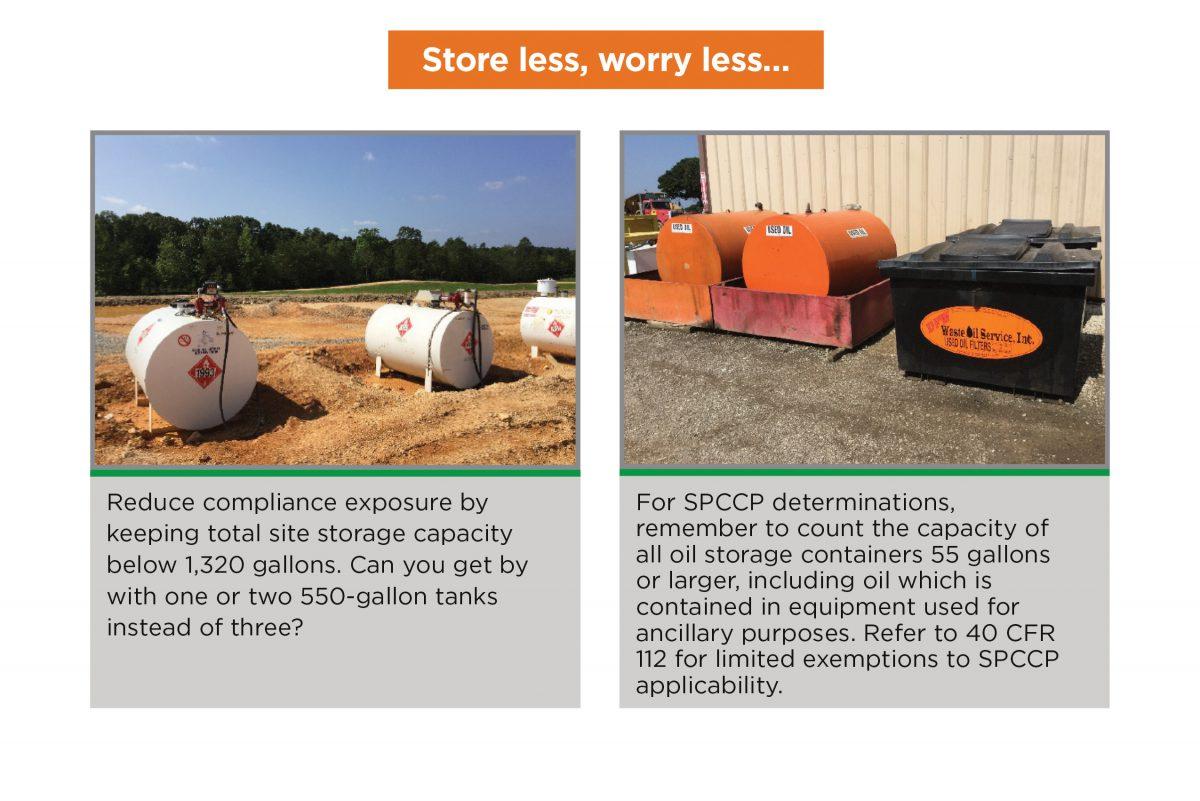
The use, storage, and handling of oils are common occurrences at construction sites. One of EPA’s top priorities is to prevent, prepare for, and respond to oil spills that occur in and around “Waters of the United States.” Authorized under the Clean Water Act, EPA’s oil spill prevention program includes the Spill Prevention, Control, and Counter measure (SPCC) regulations in 40 CFR 112.
Under the SPCC rules, the term “oil” means oil of any kind or in any form. This includes, but is not limited to, the following: fats, oils or greases of animal, fish, or marine mammal origin; vegetable oils, including oils from seeds, nuts, fruits, or kernels; and other oils and greases, including petroleum, fuel oil, sludge, synthetic oils, mineral oils, oil refuse, or oil mixed with wastes other than dredged spoil.
Fuels, paints, greases, and lubricating and hydraulic oils at construction sites can be released into the environment from a variety of sources. Spills and leaks can result in direct discharges, or may be carried to waterbodies by stormwater.
A construction site project must meet SPCC (SPCC Plan) regulatory requirements if it meets the following three criteria:
You must prepare and implement a SPCC Plan that meets the requirements of 40 CFR 112, in addition to any spill prevention and response procedures required by a construction stormwater permit (SWPPP).

All construction site projects have some level of legal obligation for preventing discharges of oil into U.S. waters and responding when incidents do occur.

Regardless of your oil storage capacity startus, implementation of common BMPs will significantly reduce the risk of releases.
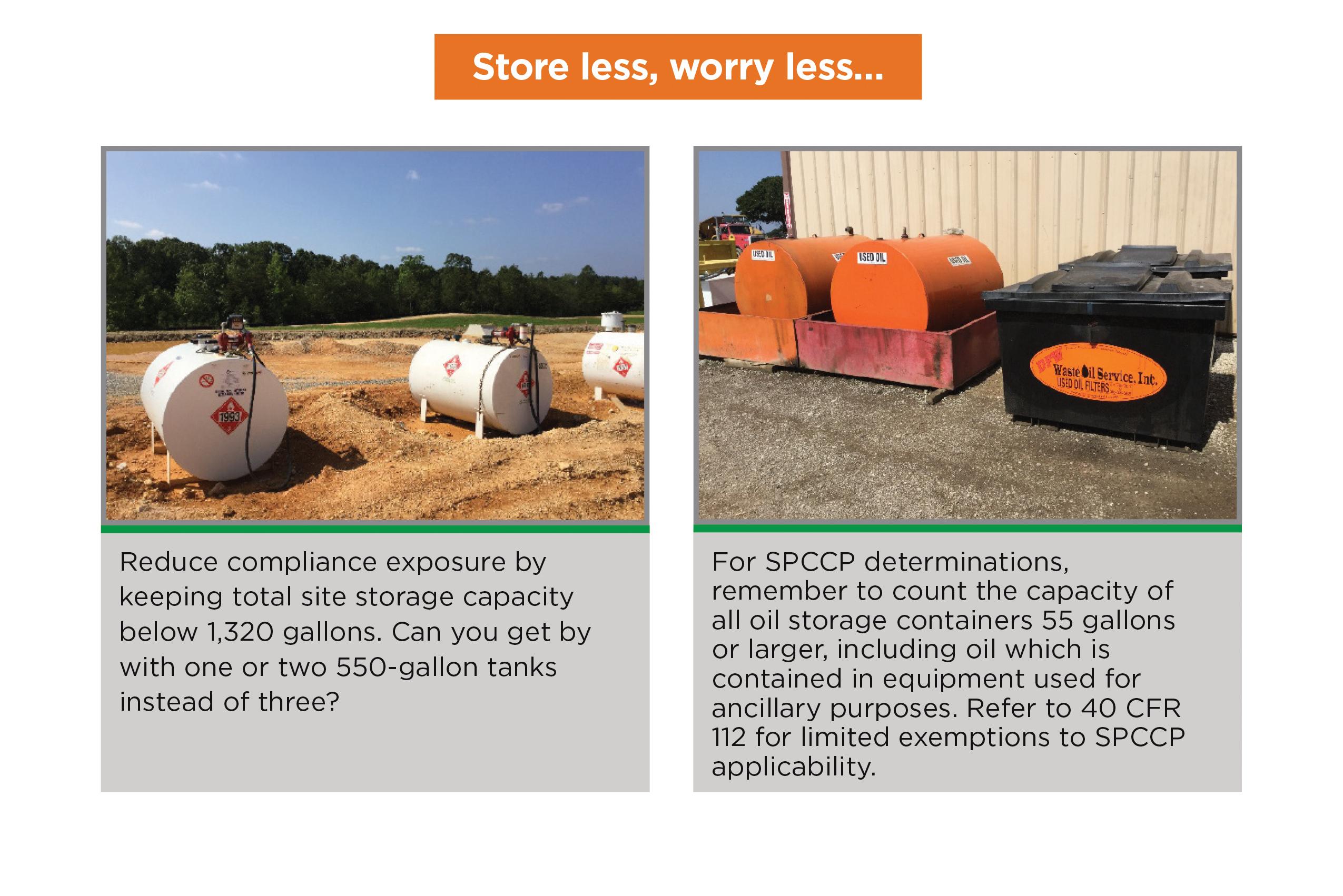
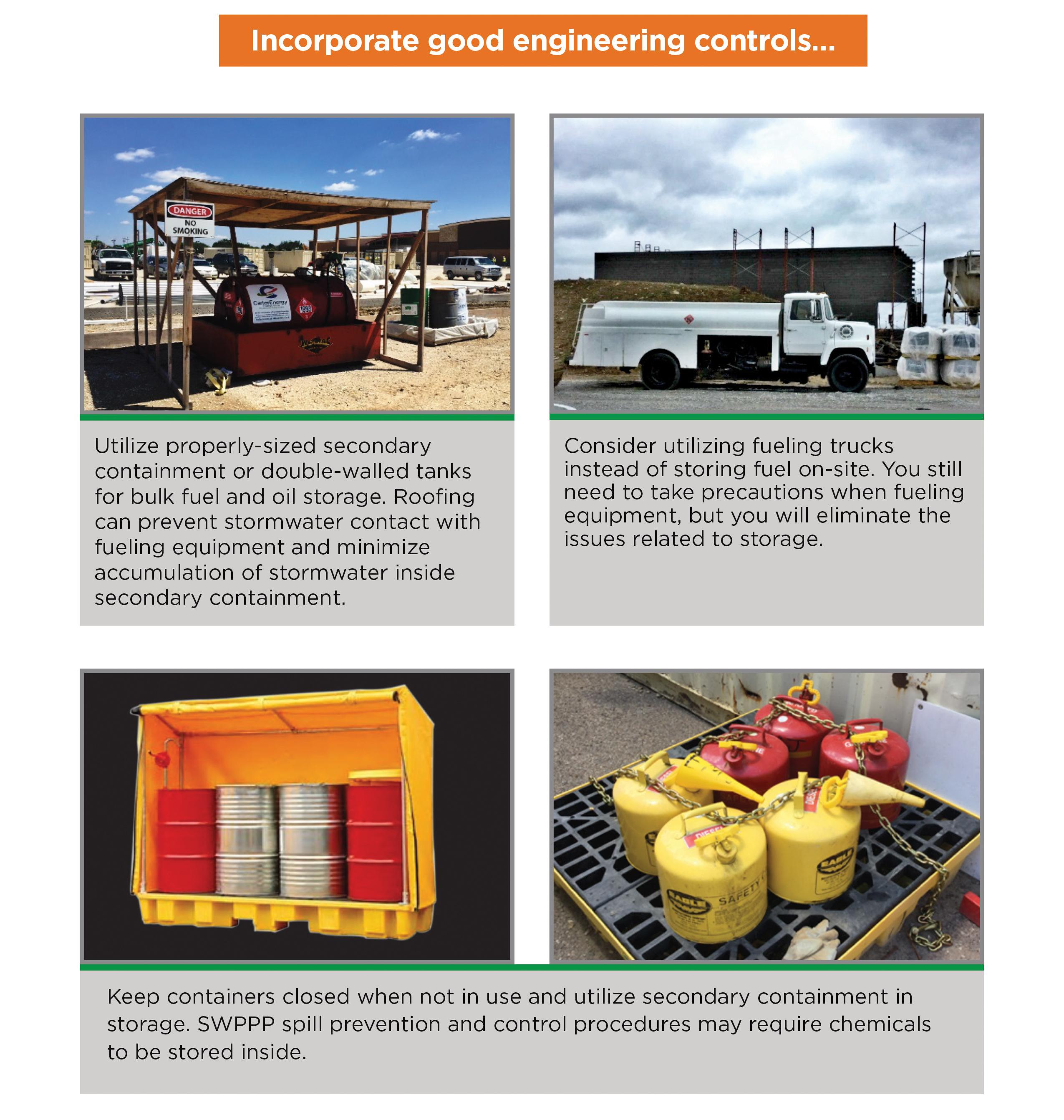
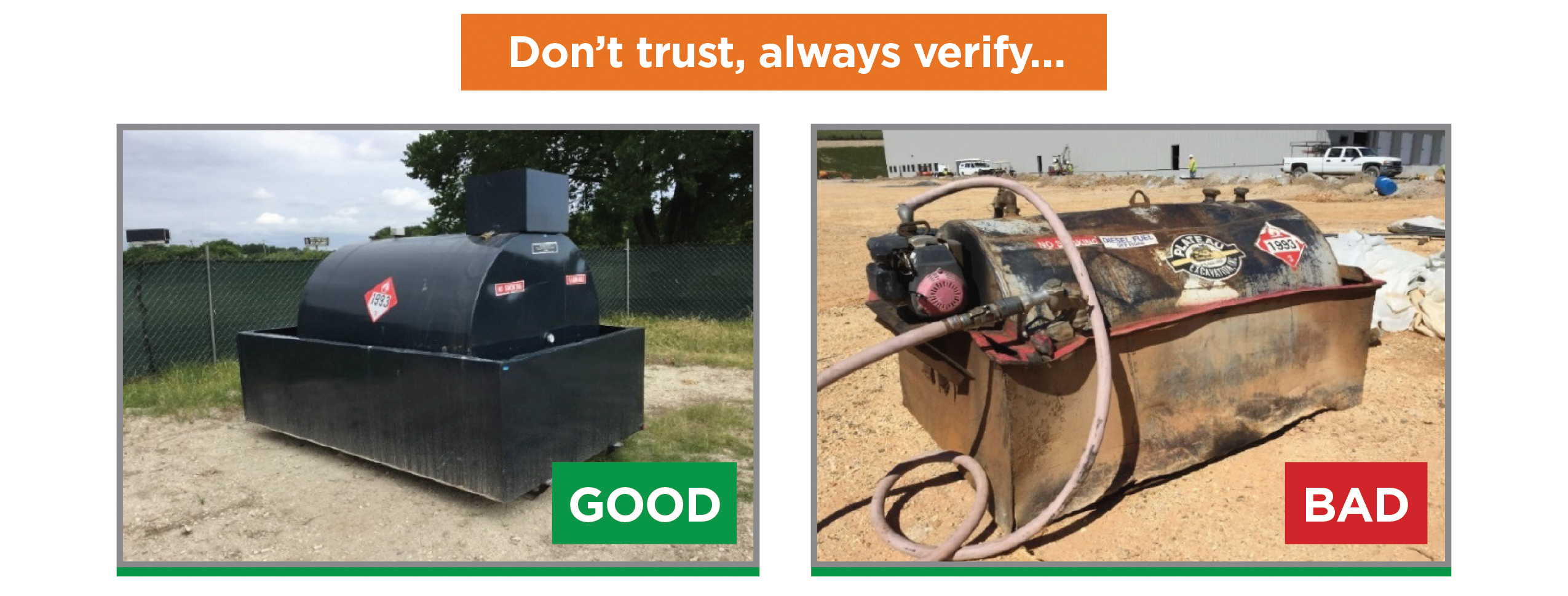
Conduct regular inspections of storage and equipment fueling areas, even if you are not required to by a formal SWPPP or SPCCP.
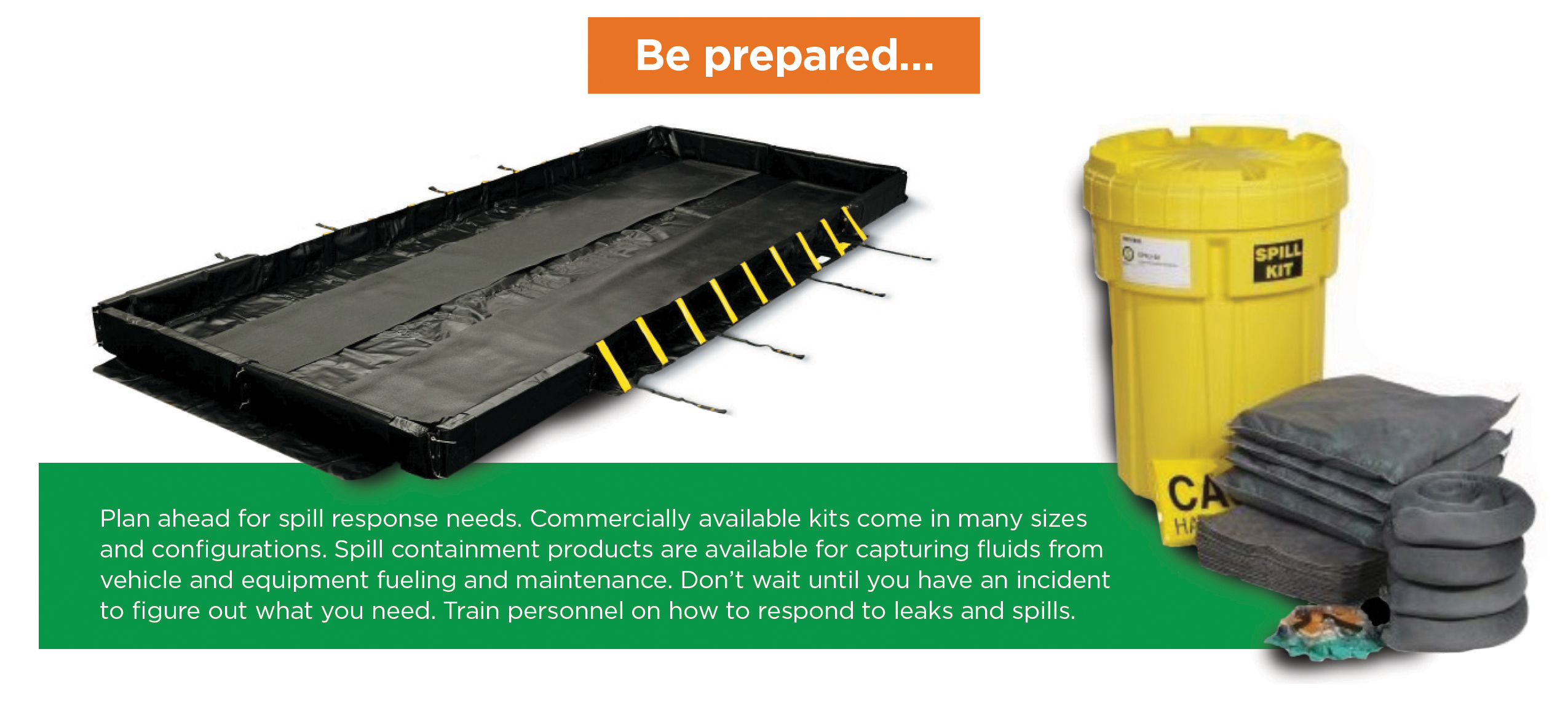
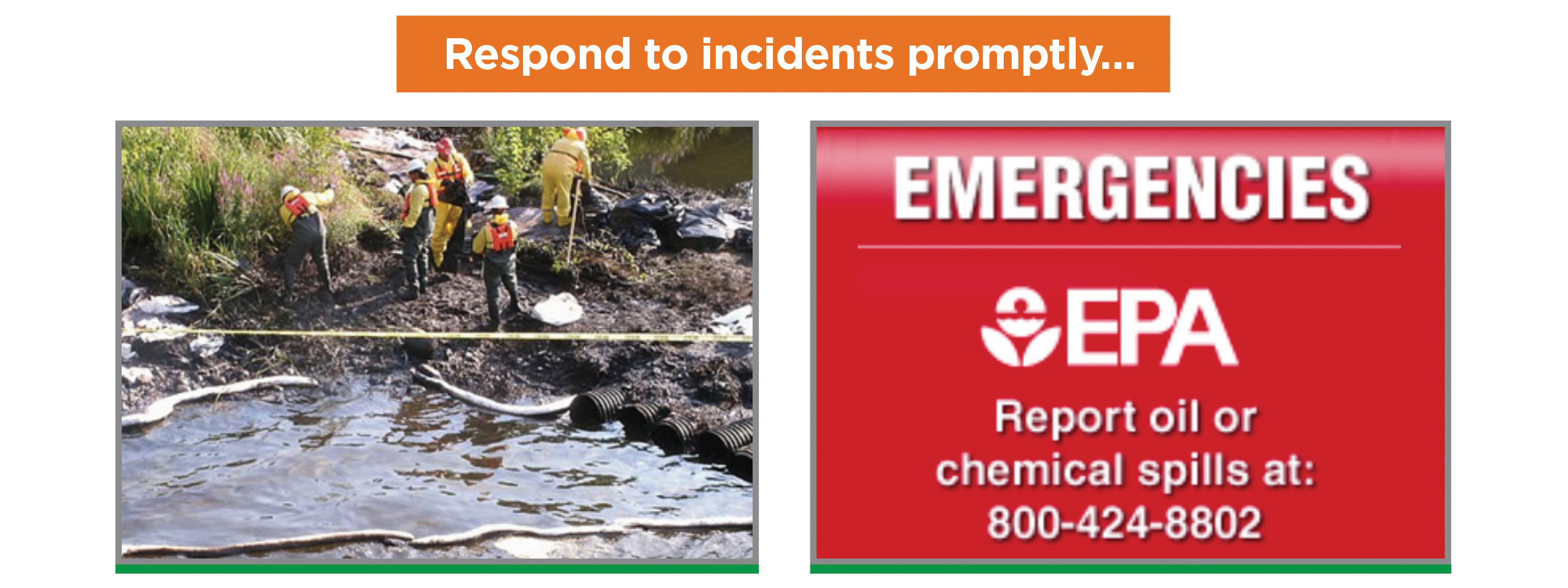
This is where having a plan, maintaining spill kits, and training personnel show their value. If a leak or spill occurs, take steps to stop the release and prevent impact to the environment. Do not let oil, fuel, or other chemical get carried off-site in stormwater discharges. Dispose of any contaminated soil and clean up materials properly in accordance with regulatory requirements.
Discharges of oil that require immediate reporting under the “Sheen Rule” (40 CFR 110)
Releases of any hazardous substance list in Comprehensive Environmental Response, Compensation, and Liability Act (Superfund) regulations in an amount equal to or greater than the “reportable quantity (RQ),” and all “extremely hazardous substances” listed under Emergency Planning and Community Right-to-Know Act must be reported. In addition to the EPA National Response Center, state and local emergency agencies will also need to be notified if a reportable release occurs.

For more information or an assessment of your spill prevention and control procedures, contact us.